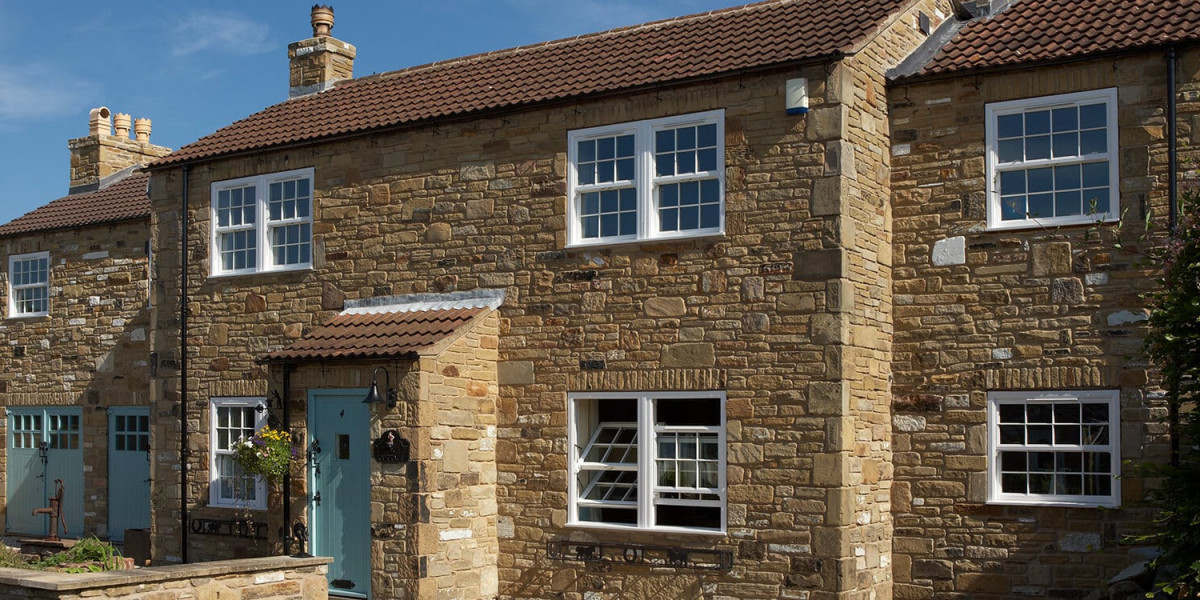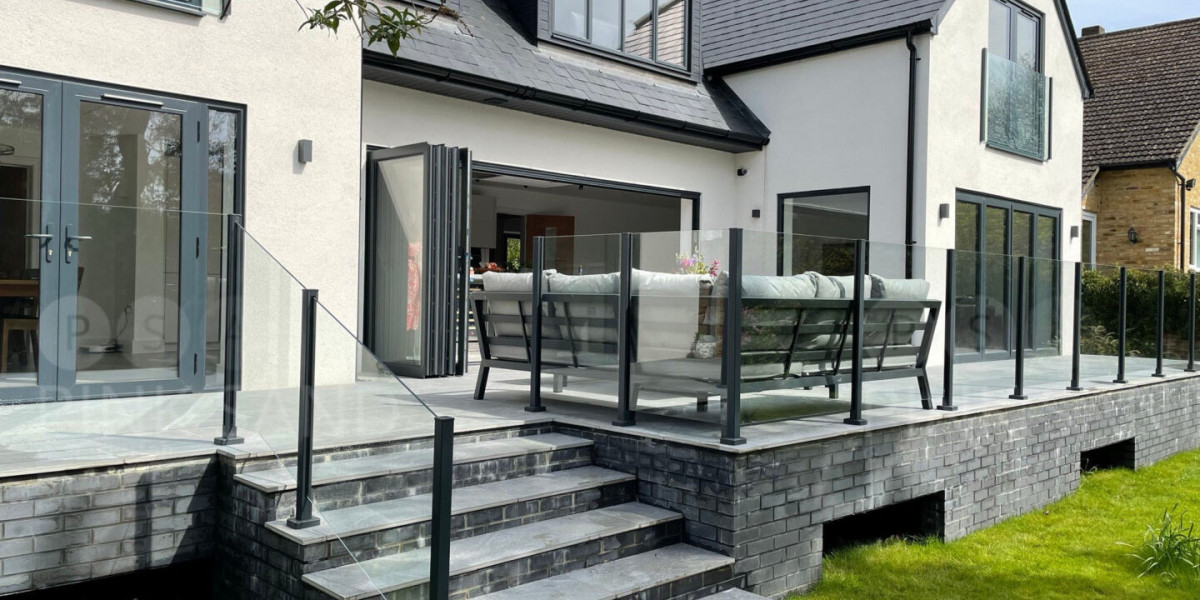Glass balustrades have emerged as a popular architectural feature in contemporary design, combining aesthetic appeal with safety and functionality. These transparent barriers are increasingly utilized in residential, commercial, and public spaces, offering an unobstructed view while maintaining structural integrity. This article explores the innovations, materials, benefits, and applications of glass balustrades, highlighting their significance in modern architecture.
Introduction to Glass Balustrades
A balustrade is a railing supported by a series of balusters, which are short posts or pillars. Traditionally made from materials like wood or metal, balustrades have evolved significantly over the years. The introduction of glass as a primary material has revolutionized the way balustrades are perceived and utilized. Glass balustrades are typically made from tempered or laminated glass, which enhances their strength and safety.

Materials and Innovations
The primary materials used in glass balustrades are tempered glass and laminated glass. Tempered glass is produced through a process of extreme heating and rapid cooling, making it significantly stronger than standard glass. This process also ensures that if the glass breaks, it shatters into small, blunt pieces rather than sharp shards, reducing the risk of injury.
Laminated glass consists of two or more layers of glass bonded together with a plastic interlayer, providing additional safety and sound insulation. This type of glass can withstand significant impacts and is often used in high-traffic areas. The advancements in glass technology have led to the development of low-iron glass, which offers increased clarity and a more transparent appearance, further enhancing the visual appeal of glass balustrades.
Benefits of Glass Balustrades
- Aesthetic Appeal: One of the most significant advantages of glass balustrades is their ability to create an open and airy feel in any space. Unlike traditional materials, glass allows for unobstructed views, making it an ideal choice for balconies, staircases, and pool areas. The sleek, modern design of glass balustrades complements various architectural styles, from contemporary to minimalist.
- Safety and Security: Glass balustrades are designed to meet stringent safety standards. The use of tempered or laminated glass ensures that the balustrades can withstand significant forces, providing safety without compromising on aesthetics. Additionally, glass balustrades can be designed with various heights and thicknesses to meet specific safety regulations.
- Durability and Low Maintenance: Glass is inherently resistant to weathering, corrosion, and fading, making it an excellent choice for both indoor and outdoor applications. Glass balustrades require minimal maintenance, as they can be easily cleaned with standard glass cleaning solutions. Regular cleaning helps maintain their clarity and appearance, ensuring they remain an attractive feature over time.
- Versatility: Glass balustrades can be customized to fit various applications, including residential homes, commercial buildings, and public spaces. They can be used in staircases, balconies, terraces, and even around swimming pools. The versatility of glass balustrades allows architects and designers to incorporate them into a wide range of projects.
Applications of Glass Balustrades
- Residential Spaces: In residential architecture, glass balustrades are often used on balconies, staircases, and terraces to create a seamless transition between indoor and outdoor spaces. They enhance the visual appeal of homes while providing safety for occupants. The use of glass in these areas allows homeowners to enjoy unobstructed views of their surroundings, whether it be a scenic landscape or a bustling city skyline.
- Commercial Buildings: In commercial architecture, glass balustrades are commonly found in office buildings, shopping malls, and hotels. Their modern appearance aligns with contemporary design trends, while their safety features make them suitable for high-traffic areas. Glass balustrades in commercial settings can also serve as a branding tool, as they can be customized with printed designs or logos.
- Public Spaces: Glass balustrades are increasingly used in public spaces such as parks, museums, and transportation hubs. They provide safety without obstructing views, allowing visitors to enjoy their surroundings. In public areas, glass balustrades can also be designed to incorporate lighting elements, enhancing the aesthetic appeal and safety during nighttime.
Design Considerations
When designing glass balustrades, several factors must be considered to ensure their effectiveness and safety. These include:
- Building Codes and Regulations: It is essential to adhere to local building codes and regulations when installing glass balustrades. These codes dictate the height, thickness, and structural integrity required to ensure safety.
- Load-Bearing Capacity: The load-bearing capacity of glass balustrades must be assessed to determine the appropriate thickness and type of glass to use. Factors such as wind load, impact resistance, and potential human impact should be taken into account.
- Installation Techniques: Proper installation is crucial for the performance and safety of glass balustrades. Professional installation ensures that the glass is securely anchored and that all components are correctly aligned.
- Aesthetic Integration: Glass balustrades should complement the overall design of the space. Consideration should be given to the style, finish, and any additional features, such as handrails or lighting, to create a cohesive look.
Conclusion
Glass balustrades represent a significant advancement in architectural design, offering a blend of safety, functionality, and aesthetic appeal. Their versatility and modern appearance make them suitable for a wide range of applications, from residential to commercial and public spaces. As technology continues to evolve, the potential for innovative designs and applications of glass balustrades will only expand, solidifying their place in the future of architecture. Through careful consideration of materials, design, and installation, glass balustrades can enhance the beauty and safety of any space, making them a valuable addition to modern architectural practices.








